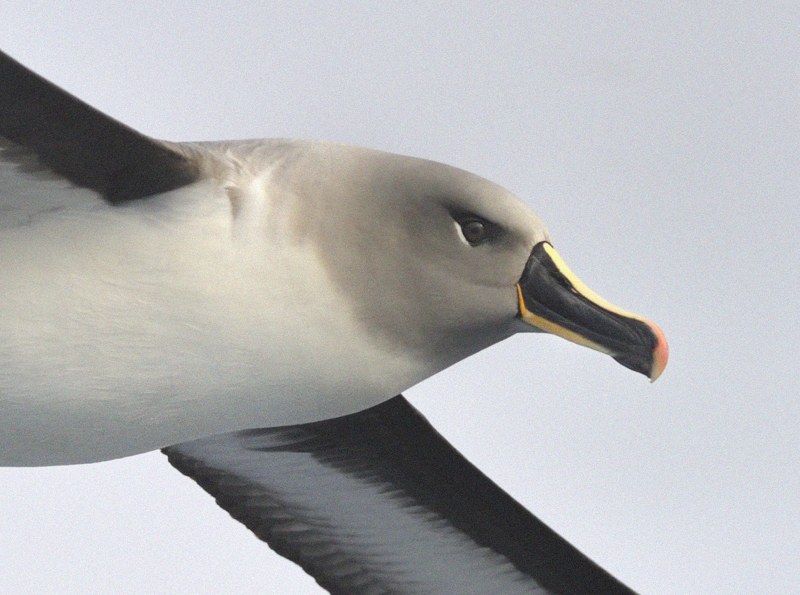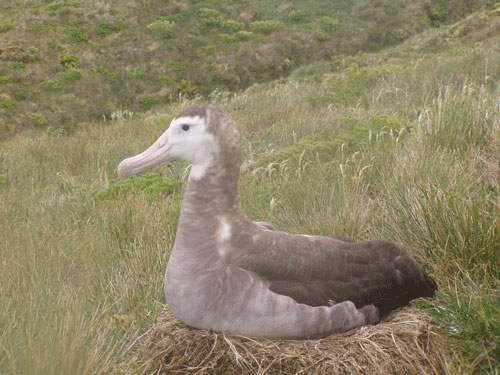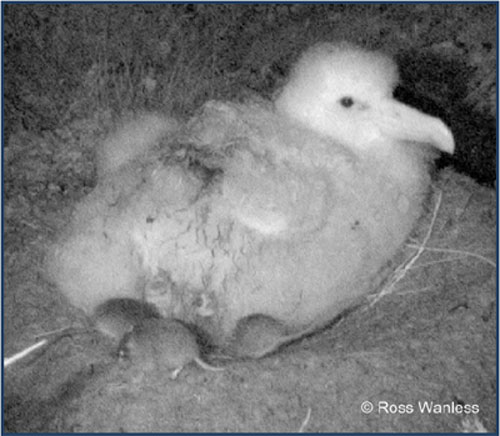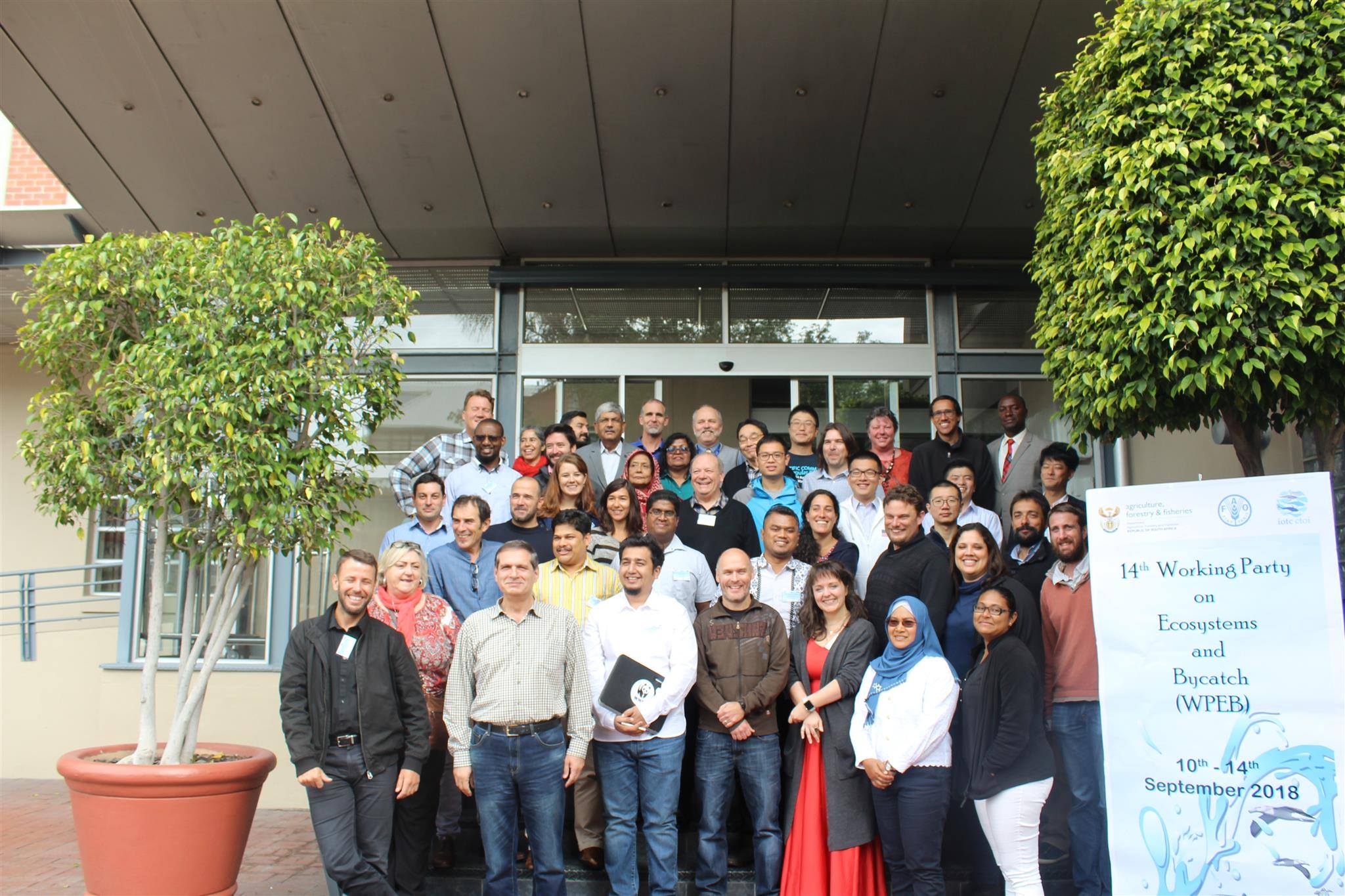Richard Phillips (British Antarctic Survey, Cambridge, UK) and colleagues have published in the ornithological journal Ibis on breeding-site vagrancy and hybridization in albatrosses.
The short communication’s abstract follows:
“Given the rarity of hybridization in seabirds, which presumably relates to their very high philopatry, the degree of breeding‐site vagrancy should correspond with the incidence of mixed‐species pairing, although not necessarily with the production of hybrids if there are behavioural or genetic barriers to successful reproduction. Using molecular methods, we verified that two of the three chicks hatched by a vagrant male White‐capped Albatross Thalassarche steadi paired with a female Black‐browed Albatross Thalassarche melanophris at South Georgia were genuine hybrids (these chicks died before fledging, but a third chick – the result of an extra‐pair copulation – fledged successfully). In a wider review, we could find only five known or suspected mixed‐species pairs, and three different hybrids in albatrosses, mostly between closely related species. This appears to reflect behavioural barriers to hybridization in sympatric species and the low incidence of breeding‐site vagrancy (which mainly involves single individuals that invariably associate with the most phenotypically similar local taxon). Breeding‐site vagrancy is most frequent in the ‘shy‐albatross’ complex, which could explain why genetic divergence occurred more recently in this group than in other Thalassarche, and hence exploratory behaviour appears to be more important than numerical abundance or breeding distribution in driving colonization as well as hybridization processes in albatrosses.”
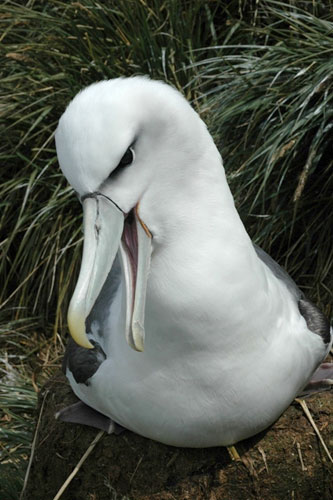
Vagrant White-capped Albatross on Bird Island, photograph by Richard Phillips
Read more about vagrancy in albatrosses here.
Reference:
Phillips, R.A., Cooper, J. & Burg, T.M. 2018. Breeding‐site vagrancy and hybridization in albatross. Ibis https://doi.org/10.1111/ibi.12622.
John Cooper, ACAP Information Officer, 11 October 2018

 English
English  Français
Français  Español
Español 